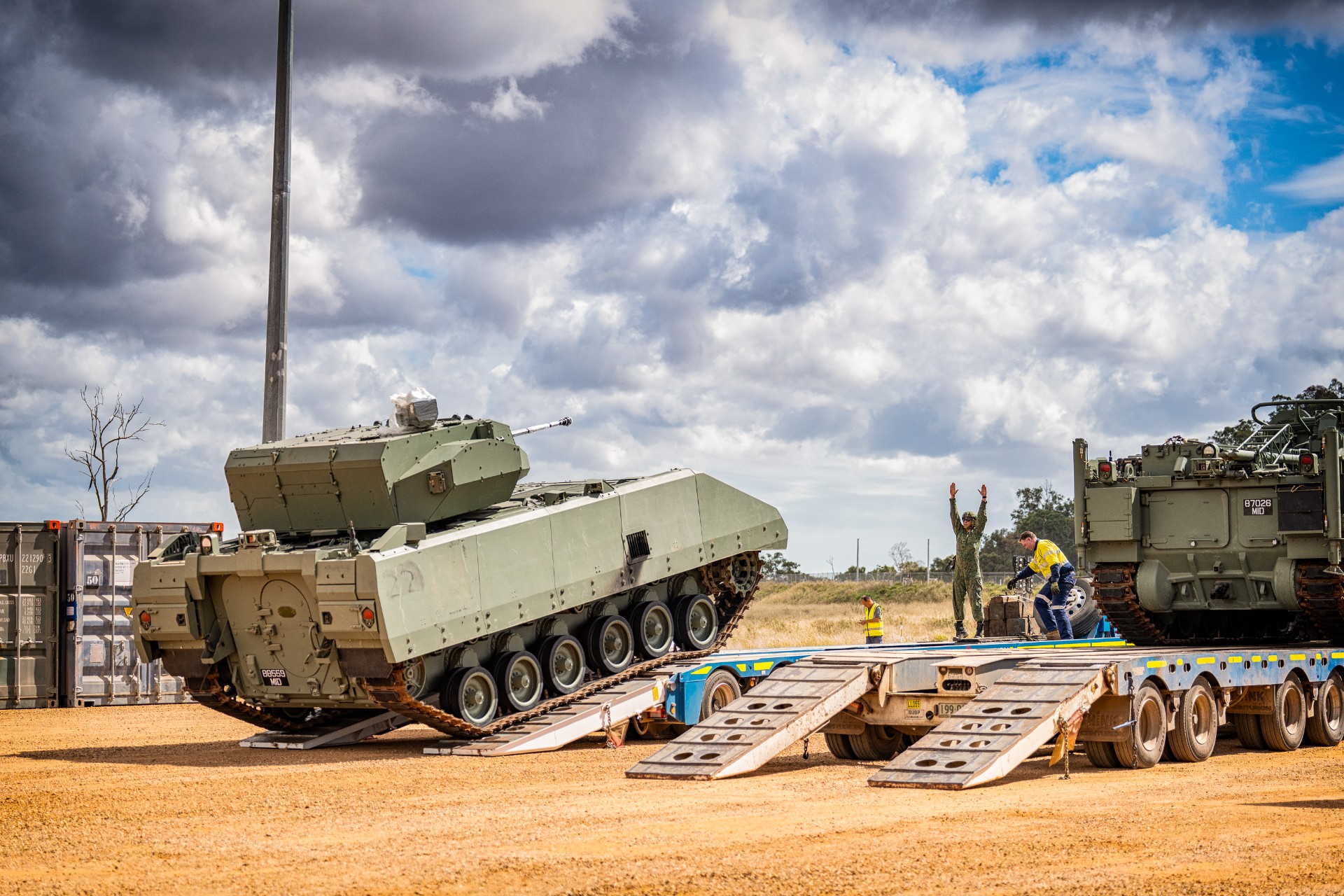OPS & TRAINING
SAF to get new infantry fighting vehicle, 2 more submarines; build up unmanned capabilities
03 Mar 2025
Defence Minister Dr Ng Eng Hen highlighted the SAF’s long-term approach to building a next-generation fighting force, during the Committee of Supply debates on the defence budget.
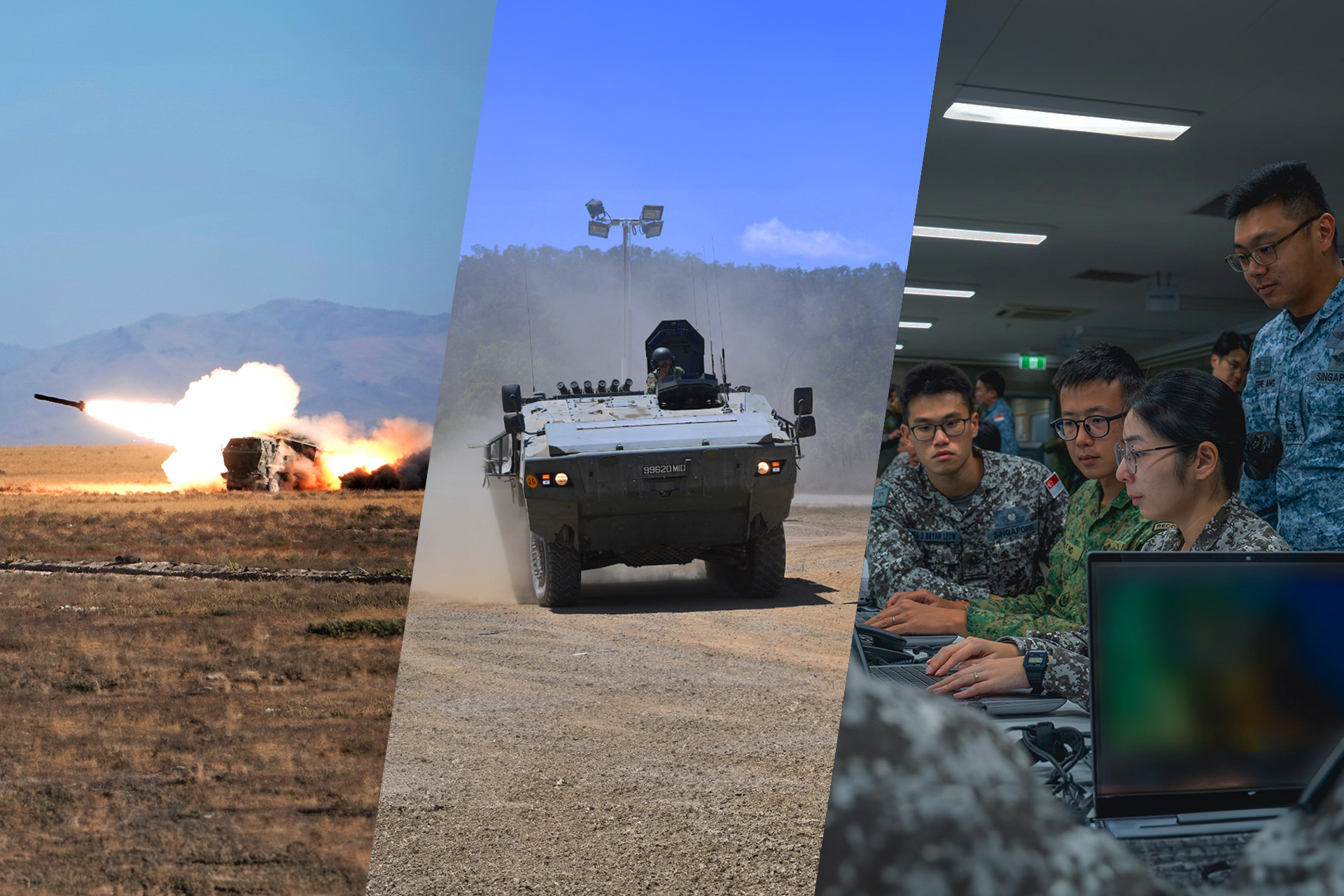
The Singapore Army will get the Titan – a new Infantry Fighting Vehicle (IFV). The navy will acquire two more submarines to make a fleet of six, while the air force will replace its Maritime Patrol Aircraft.
These are part of the Singapore Armed Forces’ (SAF’s) efforts to continually strengthen its capabilities and protect Singapore, said Minister for Defence Dr Ng Eng Hen in Parliament on 3 Mar.
“The SAF is now a modern four-Service military, able to operate effectively across all domains of air, land, sea and digital. But building capability for the SAF is a continual exercise – you either update or regress.”
Preparing for SAF 2040
The Army will get a next-generation IFV, named Titan, said Dr Ng. The new IFV will be more lethal and mobile than its predecessors.
This wheeled vehicle will be armed with a 30mm cannon as a Remote Weapon System for enhanced firepower. It will also be equipped with capabilities to counter drones.
The Army’s High Mobility Artillery Rocket System (HIMARS), which has been in service since 2010, will also be upgraded with more capable rockets.
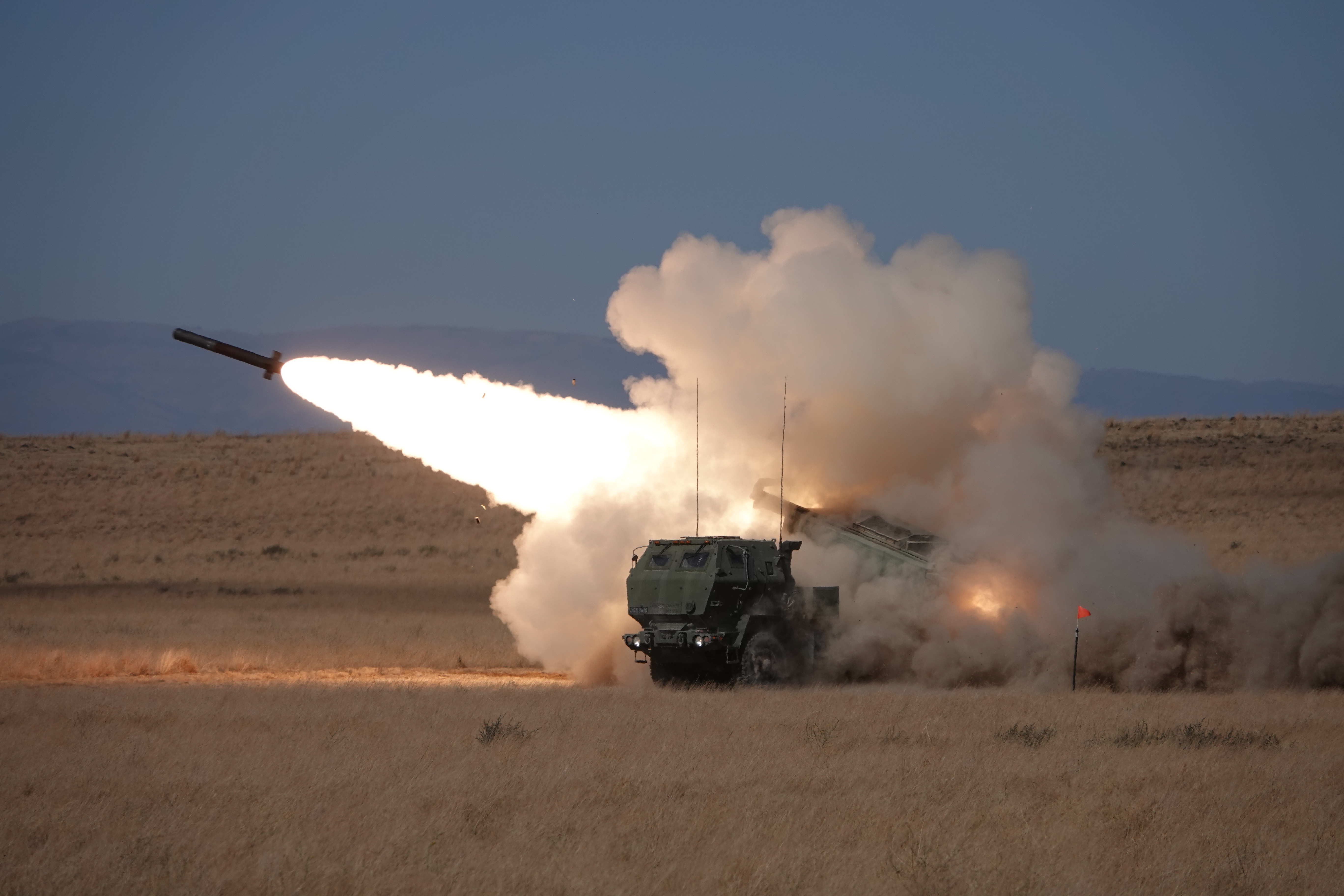
The Army will upgrade its HIMARS to integrate newer and more capable rockets. [File photo of the HIMARS in action at Exercise Forging Sabre 2021]
Dr Ng also announced that the SAF will acquire two more submarines, to make a steady fleet of six.
The Republic of Singapore Navy (RSN) first acquired four Invincible-class submarines in 2017, with the first two commissioned last September. The other two are on track to be operational by around 2028
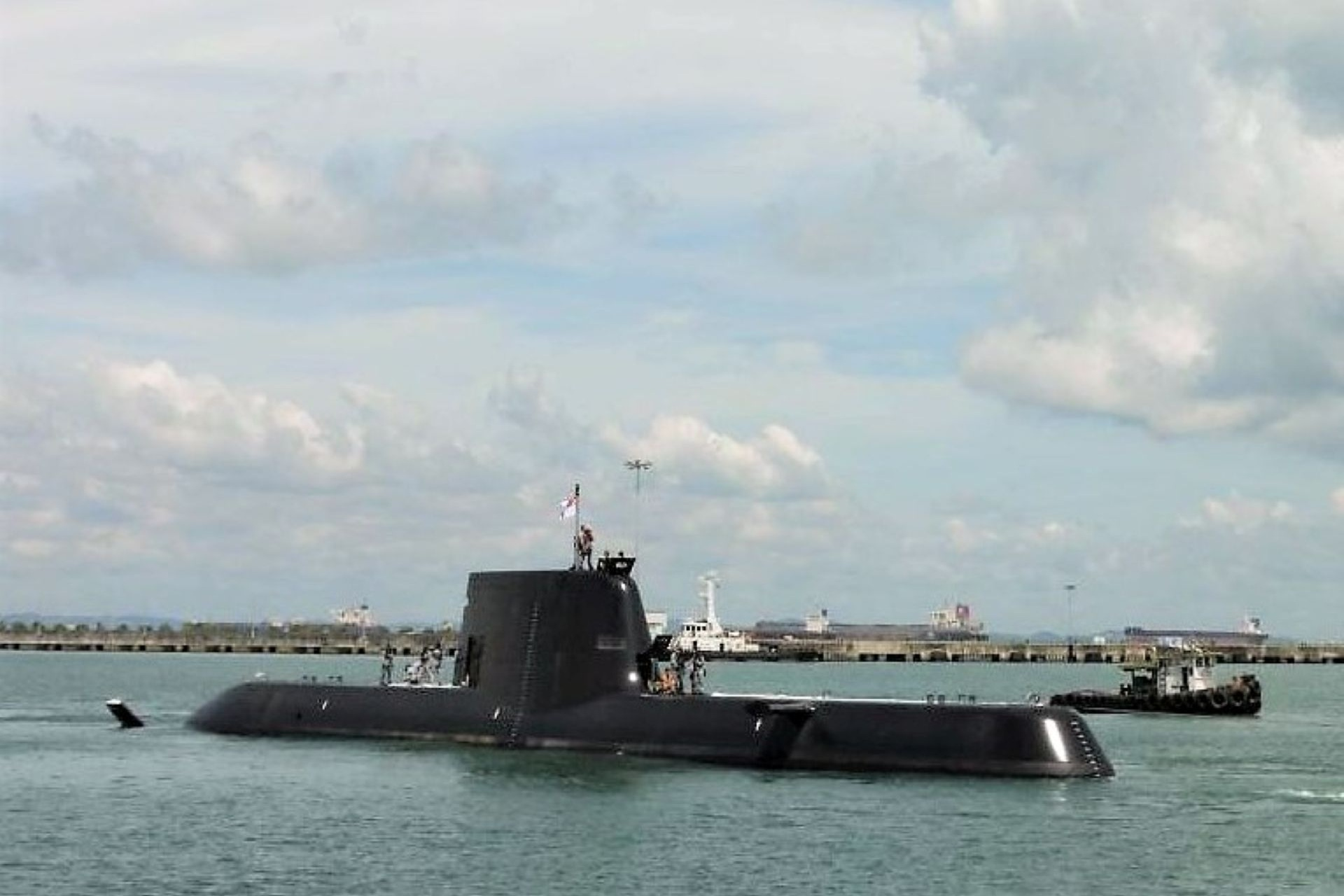
The RSN’s first four Invincible-class submarines are on track to be operational by around 2028.
“Four submarines are not optimal for a fleet. Submarines are subjected to more rigorous and frequent maintenance cycles (and) stringent checks… because they need to operate under intense pressure, literally,” explained Dr Ng.
He noted that this is why most navies, including Australia, Indonesia and Vietnam, have more than four submarines.
The RSN will also be launching its first Multi-Role Combat Vessels (MRCVs) later this year. The MRCVs – which act like a mothership with unmanned platforms – are larger and have three times the range of their predecessors, the Victory-class corvettes, that have been in service since 1989.
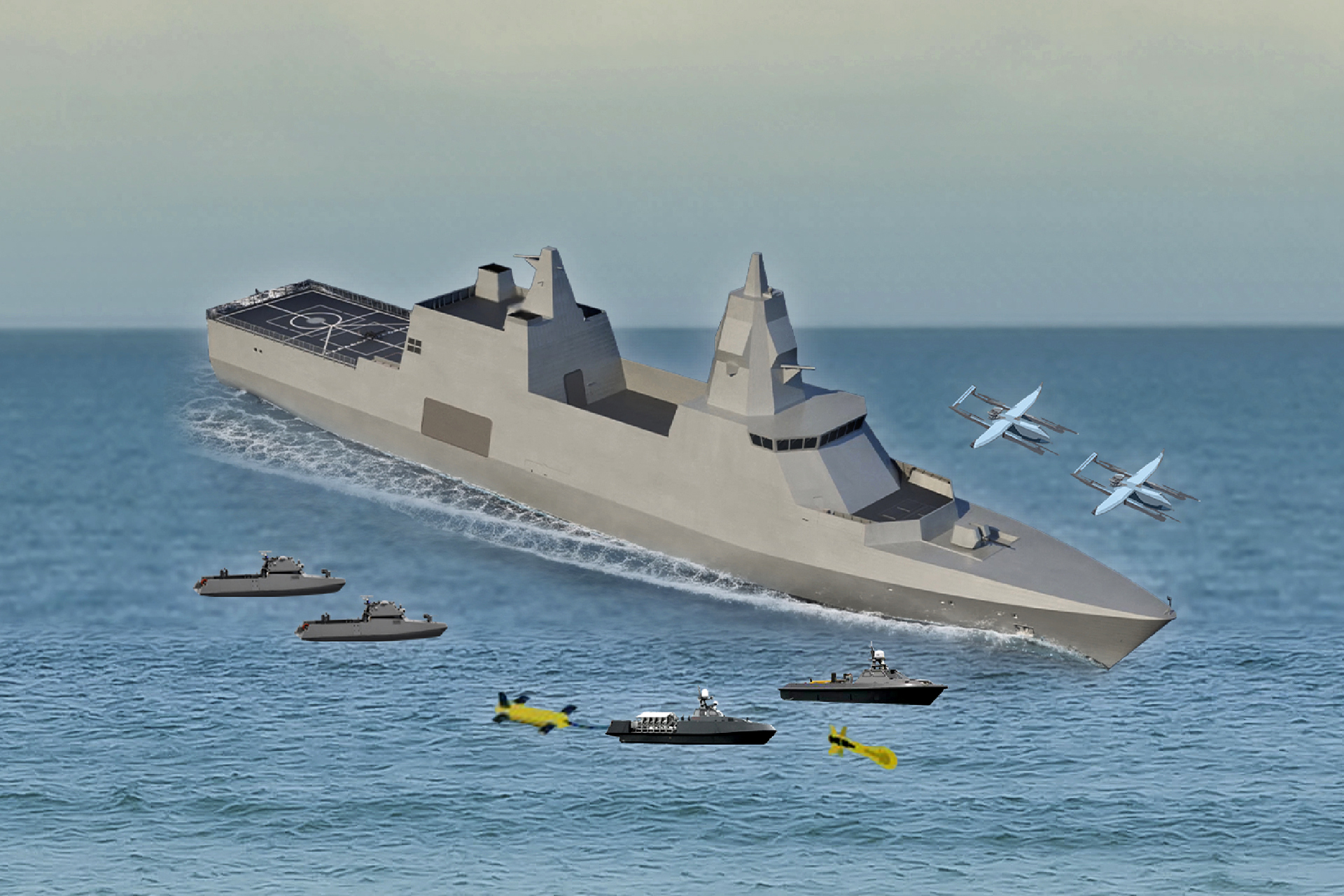
To be launched later this year, the Navy’s new MRCVs are designed to function as motherships capable of operating unmanned systems across the air, surface and underwater domains. [Image: Artist’s impression of the MRCV]
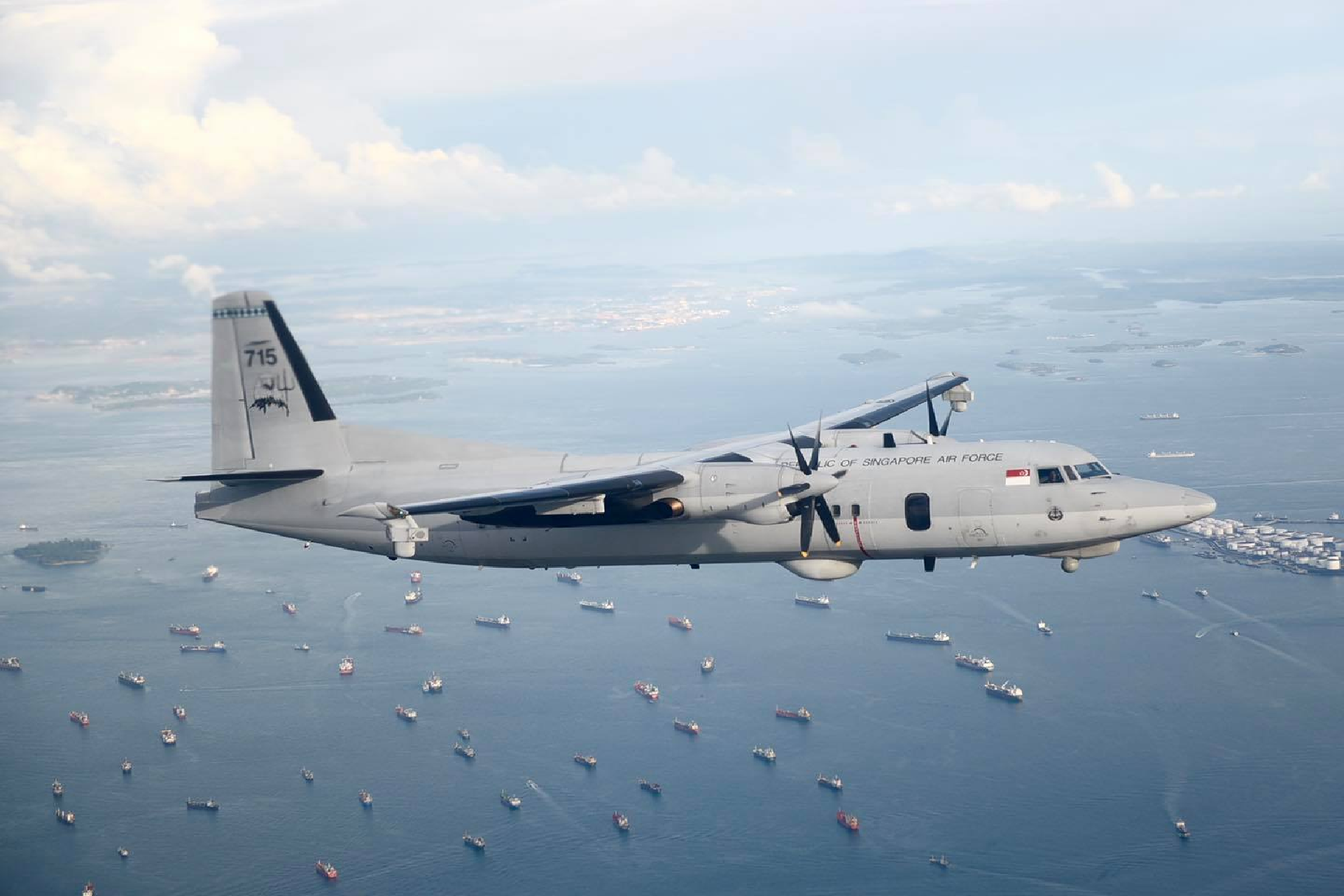
The RSAF is looking at appropriate options to replace its Fokker-50 Maritime Patrol Aircraft (pictured). [Photo: RSAF Facebook]
The Republic of Singapore Air Force (RSAF) will replace its Fokker-50 Maritime Patrol Aircraft, that has been in service since 1993.
Dr Ng said that the RSAF is evaluating appropriate replacements, which include the Boeing P-8 and Airbus C295.
New commands to boost cyber defence & digitalisation
On the digital frontier, the Digital and Intelligence Service (DIS) will be standing up two new commands this year.
First, the Defence Cyber Command will consolidate all cybersecurity entities to guard the Ministry of Defence and SAF against cyber threats.
It will partner Whole-of-Government agencies and the industry to support national cyber defence, and deal with hostile digital threats against Singapore from external threat actors.
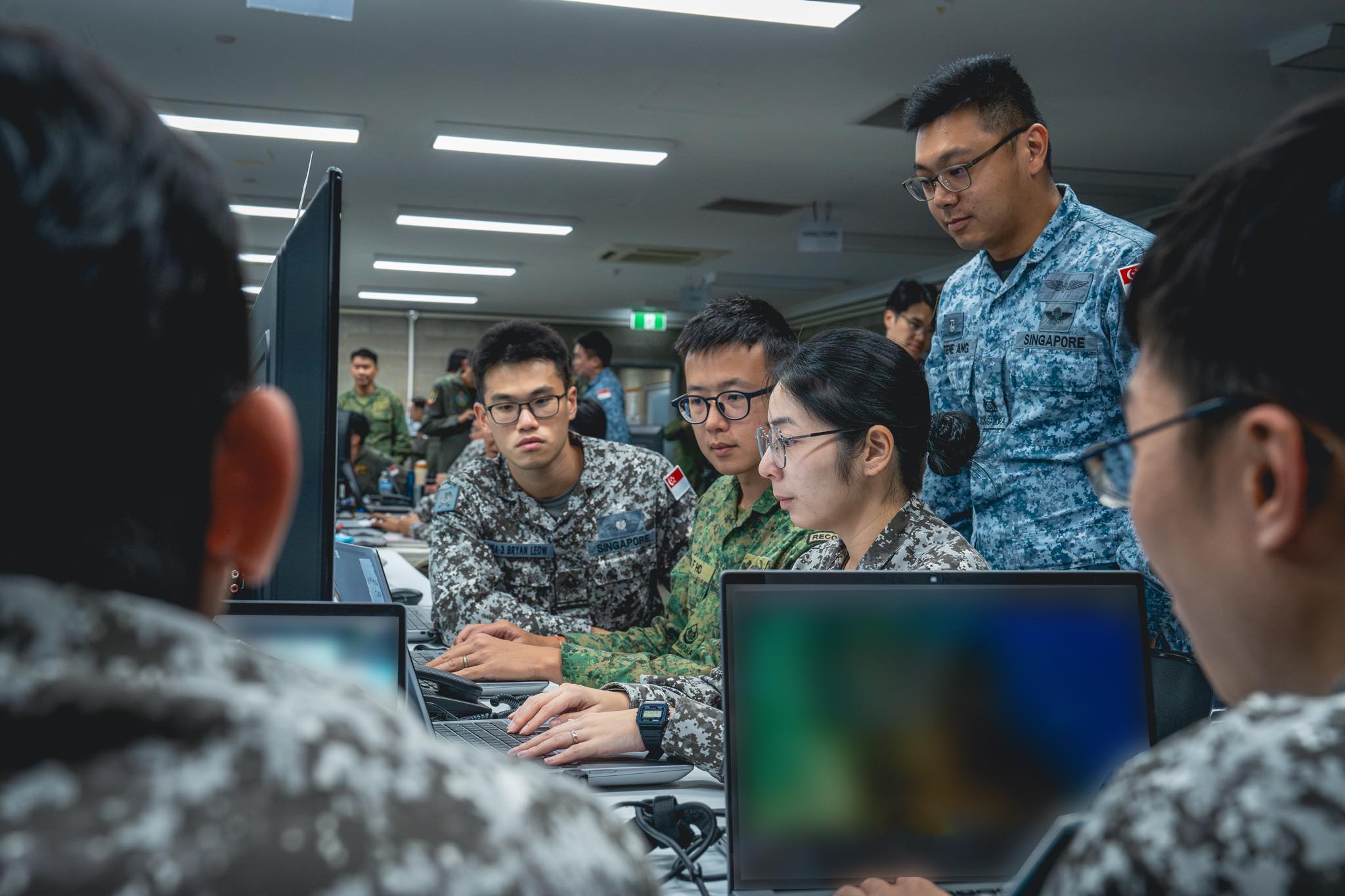
Second, the current SAF C4 Command will evolve into the SAF C4 & Digitalisation Command, to include a new focus on digitalisation.
This new command will consolidate software and hardware capabilities and drive the SAF's digitalisation efforts.
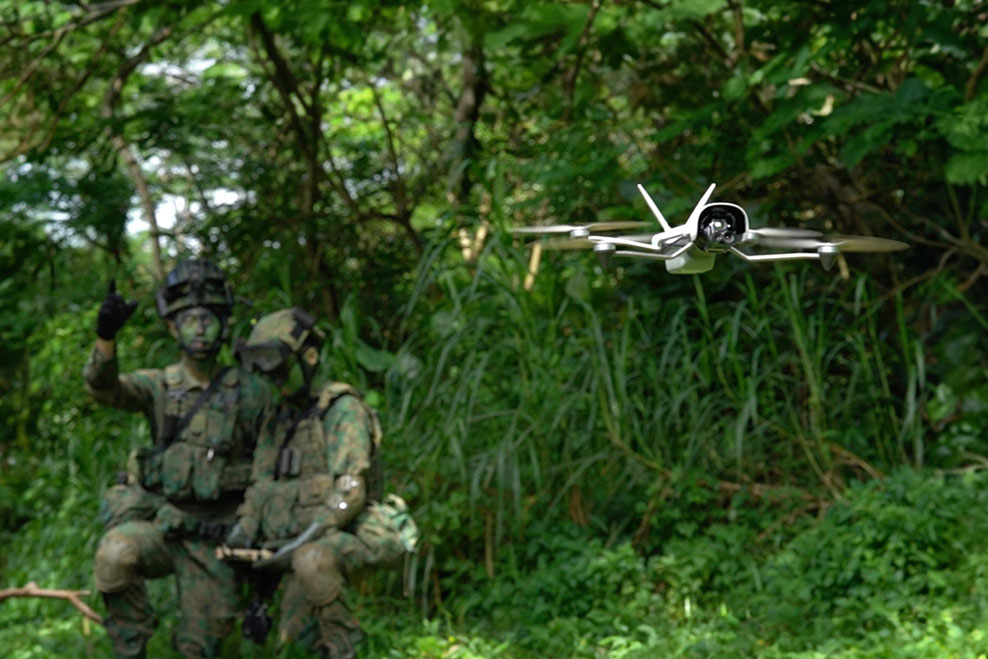
Drones are becoming a part of the soldier’s arsenal, said Dr Ng. Infantry soldiers are shown above launching Vesper, the Army’s new tactical surveillance drone, in an exercise last year. [Photo: Singapore Army Facebook]
Building up unmanned & counter-drone capabilities
The SAF will also re-organise its unmanned capabilities to counter and defend against new threats.
For example, with drones as part of the soldier’s arsenal, commanders can tap into a common picture from various unmanned platforms to fight more effectively and smarter, said Dr Ng.
A new Unmanned Aerial Systems (UAS) Warfare and Tactics Centre will be established under the RSAF to drive the development of UAS warfare and their integration with other systems.
A UAS comprises a remote-controlled aircraft and the system on the ground used to control it.
Meanwhile, the Army will establish the Drone Accelerator for Rapid Equipping, or DARE, to scale up operations of unmanned aerial vehicles and ground vehicles.
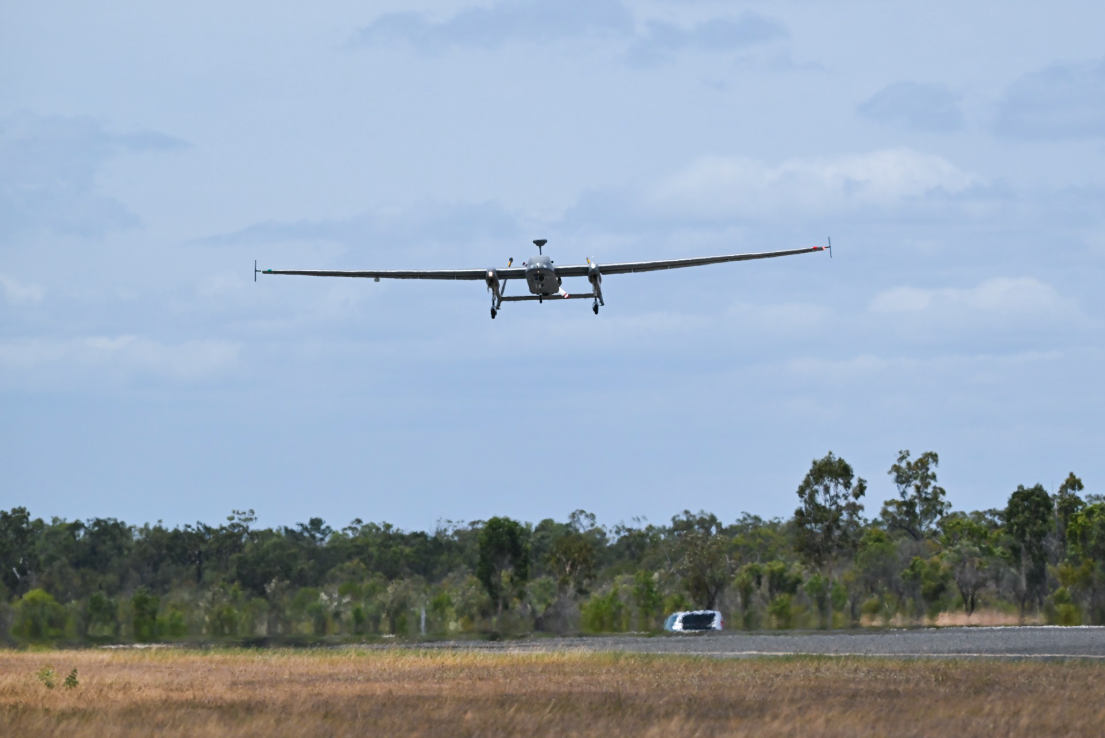
The Heron-1 UAV took part in Exercise Trident for the first time last year. The RSAF will establish a new UAS Warfare and Tactics Centre to develop UAS warfare.
With commercial UASes easily available in the open market, there is a need for the SAF to build up its capabilities to defend against such threats.
“Small commercial UASes…can be retooled as weapons (by terrorist groups) to inflict harm and destruction,” said Dr Ng. He added that such small drones are hard to detect and can be costly to deal with.
A newly established SAF Counter-UAS Development and Operations group, or SCUDO, will be responsible to guard against this.
They will build on capabilities – such as a suite of sensors, jammers, and weapon solutions – to detect and neutralise smaller UASes.
Noting the need to be prepared and self-reliant when it comes to defending the nation, Dr Ng said: “These investments to build our defence capabilities must be treated as precious resources. Through them, we turn our people’s hard-earned monies into tangible bulwarks to protect Singapore.”
ALSO READ IN OPS & TRAINING
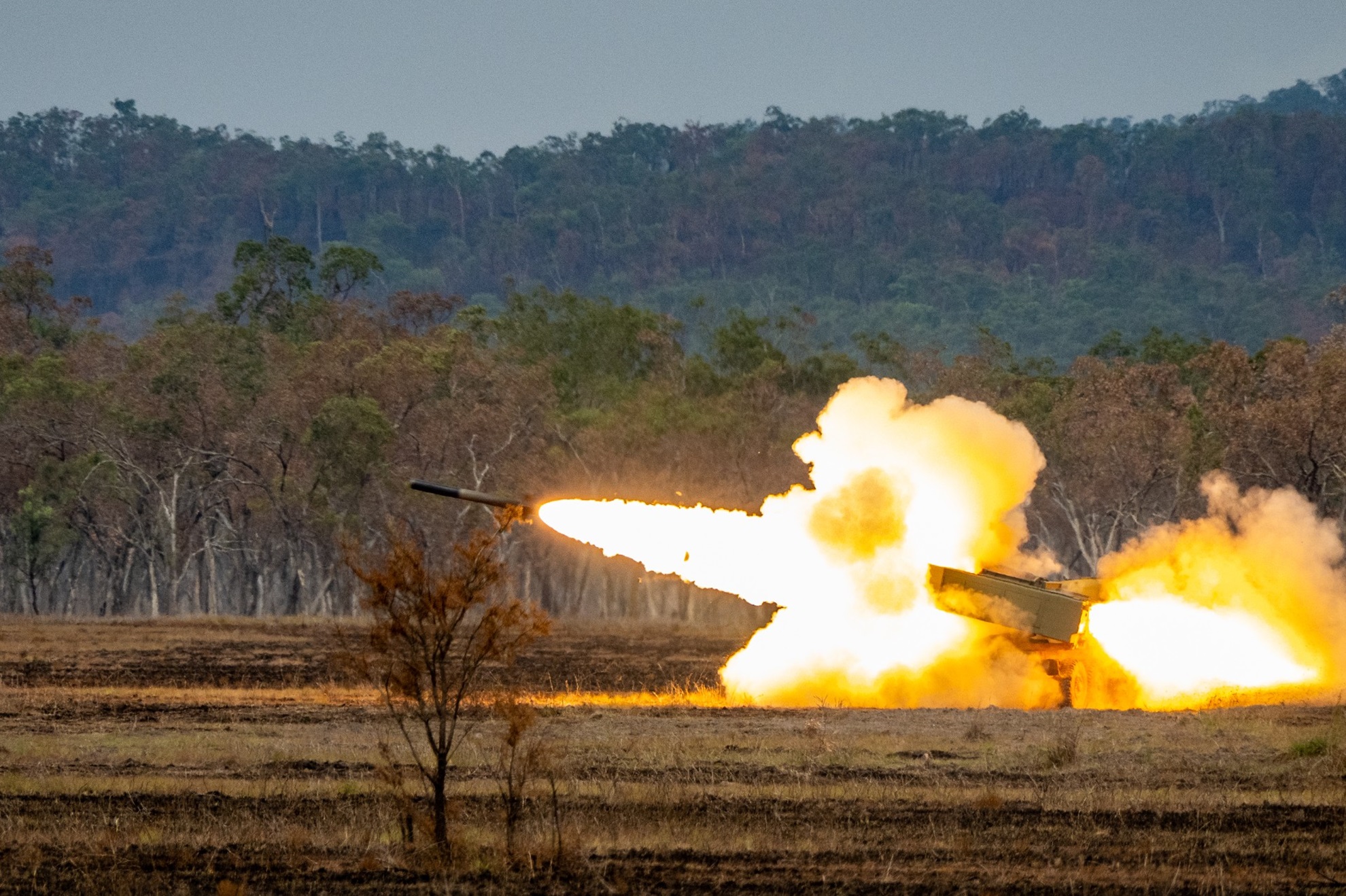
Exercise Wallaby 2025: To see better, shoot faster
31 Oct 2025
The SAF focuses on complex strike missions and multi-domain integration in Exercise Wallaby 2025, the 35th edition of its largest unilateral overseas exercise.
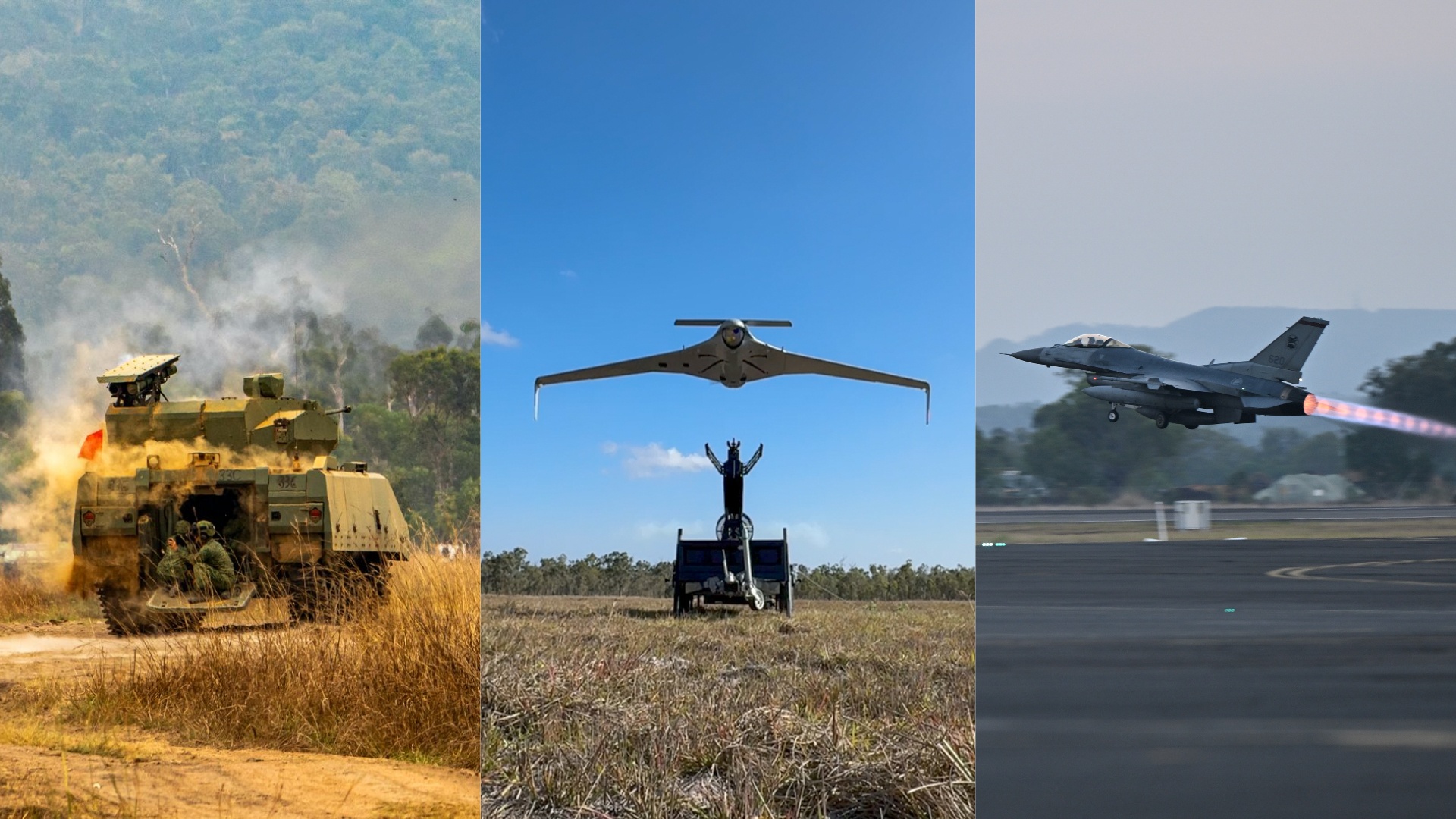
Ex Wallaby 25 – Greater Integration and Complexity
25 Oct 2025
The 35th edition of the SAF’s largest unilateral overseas exercise is an opportunity for expanded scale and deeper integration towards an effective, networked fighting force.

Ex Forging Sabre ramps up use of unmanned assets in integrated strike operations
12 Sep 2025
In this 10th edition of Exercise Forging Sabre, the SAF sharpened its cutting edge for the dynamic modern battlefield, with expanded integration between manned and unmanned platforms.


